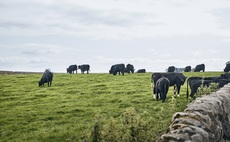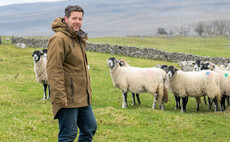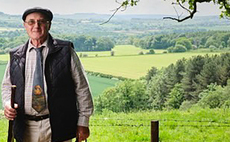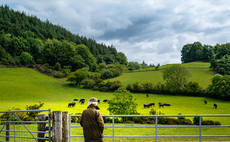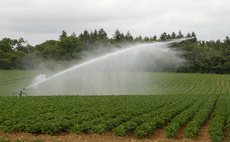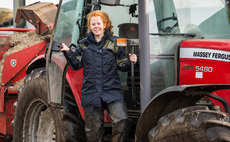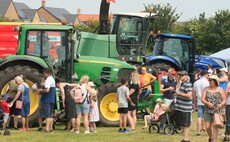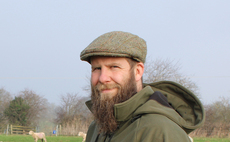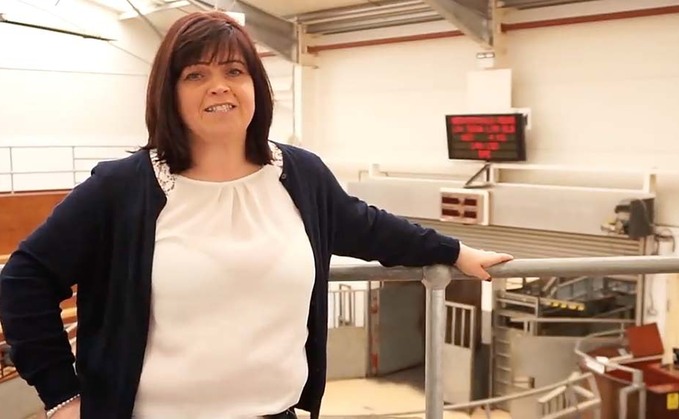
Many changes and crises have affected livestock marts in the time auctioneer Primrose Beaton has been in the trade. But it is all part of the job, as she tells Jez Fredenburgh in our View from the Top
BSE, foot-and-mouth, the introduction of livestock passports and now Covid-19; it has been an incredible career as an auctioneer so far for Primrose Beaton, head of cattle sales at Lawrie and Symington, Lanark.
Having started in the industry in 1986, Ms Beaton said the live trade has probably undergone more changes and been through more crises in that time than at any other in history.
She said: "There has been quite a lot going on. �������� have also in that time become much more business-like in the way they approach things.
"Auction marts too have become more business-savvy, as the number of stock has decreased and competition between marts has increased."
Total cattle numbers in Scotland have been steadily declining since their peak in 1974 of 2.78 million animals, and reached a 60-year low in 2020 of 1.71m head.
Women
Attitudes to women have also been gradually changing, she said, with Ms Beaton one of the most experienced female auctioneers in the country.
She said: "People do not think anything about it now. But back then I was an oddity. Now I do not think too much about it, and whenever someone asks me ‘what is it like to be a female auctioneer?', I just say ‘all I know is what it's like to be an auctioneer'. Today I just get on with the job.
"But perhaps it is also that as I have got older I do not care so much what people think. I have got a trainee auctioneer who is female and she is doing a great job. There is no reason why she would not be."
Covid-19 impact
More recently, the Covid-19 pandemic has been the main driving force of change in the auction marts, as restrictions have limited live rings to buyers only and technology has come more into play.
She said: "It was very stressful at the beginning of last year when lockdown first happened, but more so for the people at the top of the mart trying to interpret the rules.
"Now though, we all know what we are doing, and so do all our farming customers. They have adapted very well and we have been very fortunate as an industry.
"Trade has been buoyant throughout, which has made it more bearable for sellers who have not been allowed in to watch sales.
"�������� in general have had a good year business-wise, but the social side of marts has been a big loss for many of them. We have continued to do farm visits at a distance though and I do always ask how they are, and their families."
Implement sales have been online since the start of the pandemic and have been more successful than previously, added Ms Beaton. Many farmers have also been taking part in live ring sales remotely.
She said: "It is amazing the number of older farmers watching the sales on a computer at home, although we expect they will be coming back to the ring when they can."
The market
She said sheep prices have been ‘extraordinary all the way through the pandemic'.
"We have been expecting lambs to tail off, but they have just kept going," she said.
Cattle sales have been good too, reaching a peak in March this year for stores.
"Top draw calves came out in March, which brought farmers out ready to buy, and prices eased a bit in April."
She now expects the trade in cows to firm as numbers drop off.
"I hope farmers stick with live auctions and know we have always been, and will continue to be, the best place for valuing and selling their stock," she added.







